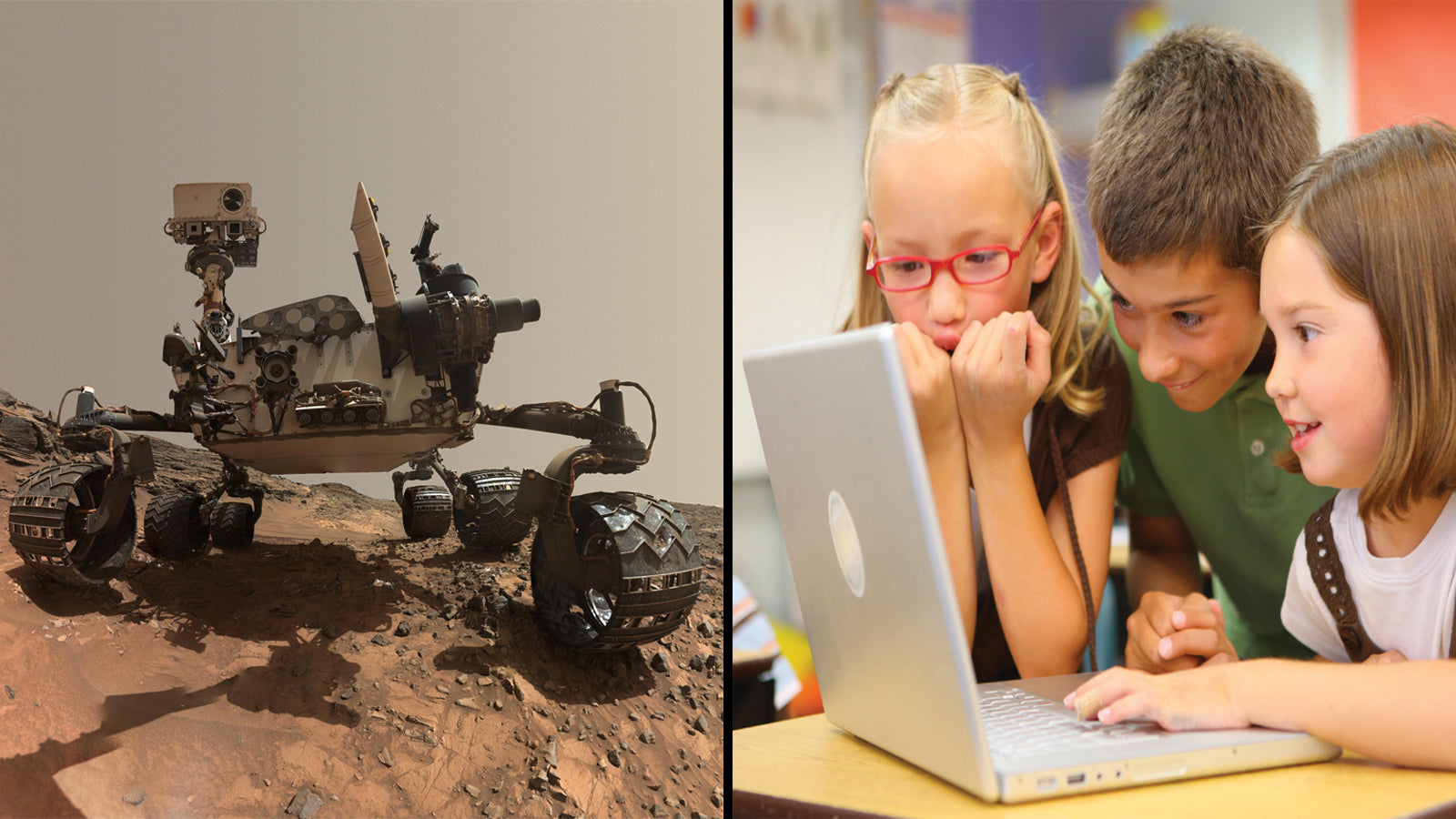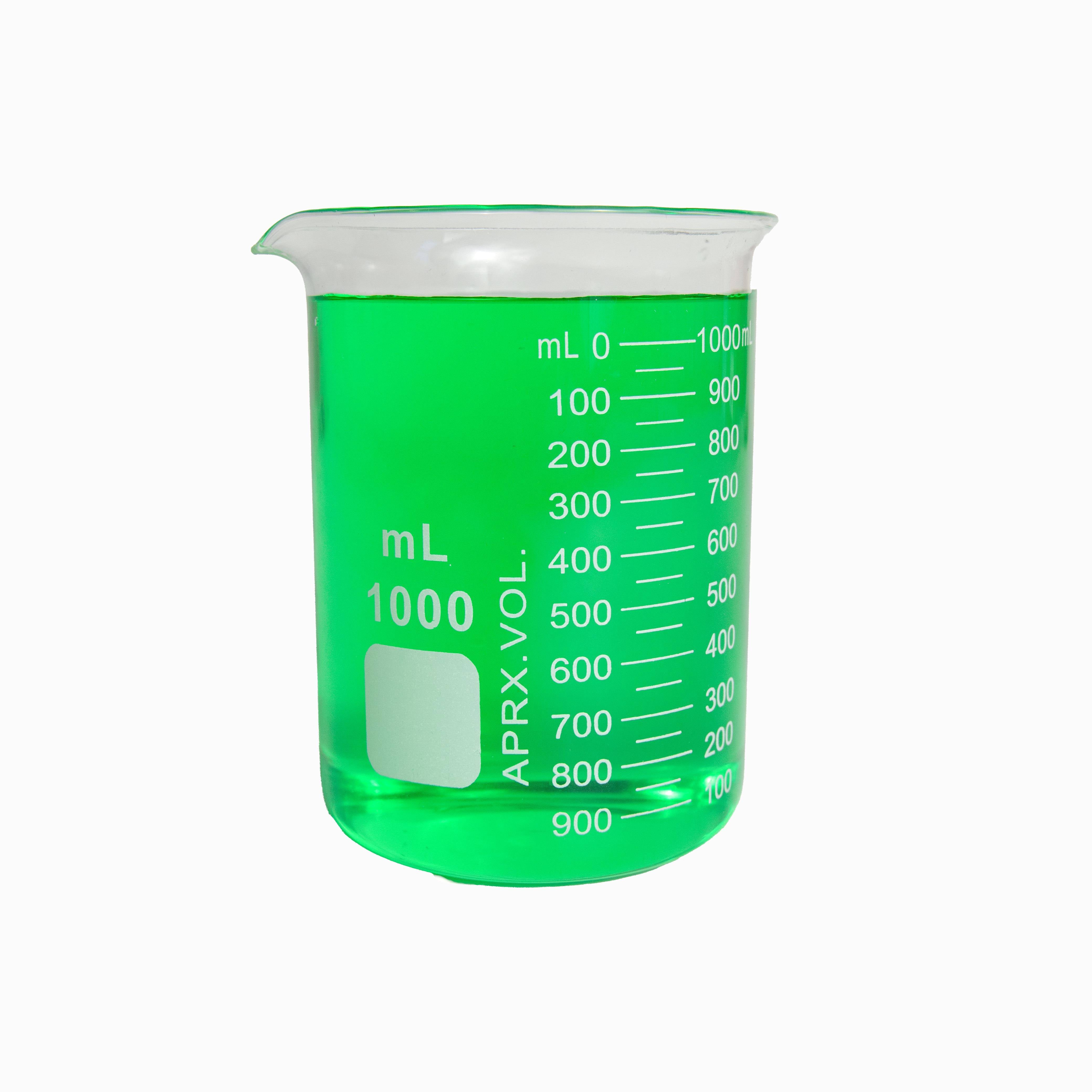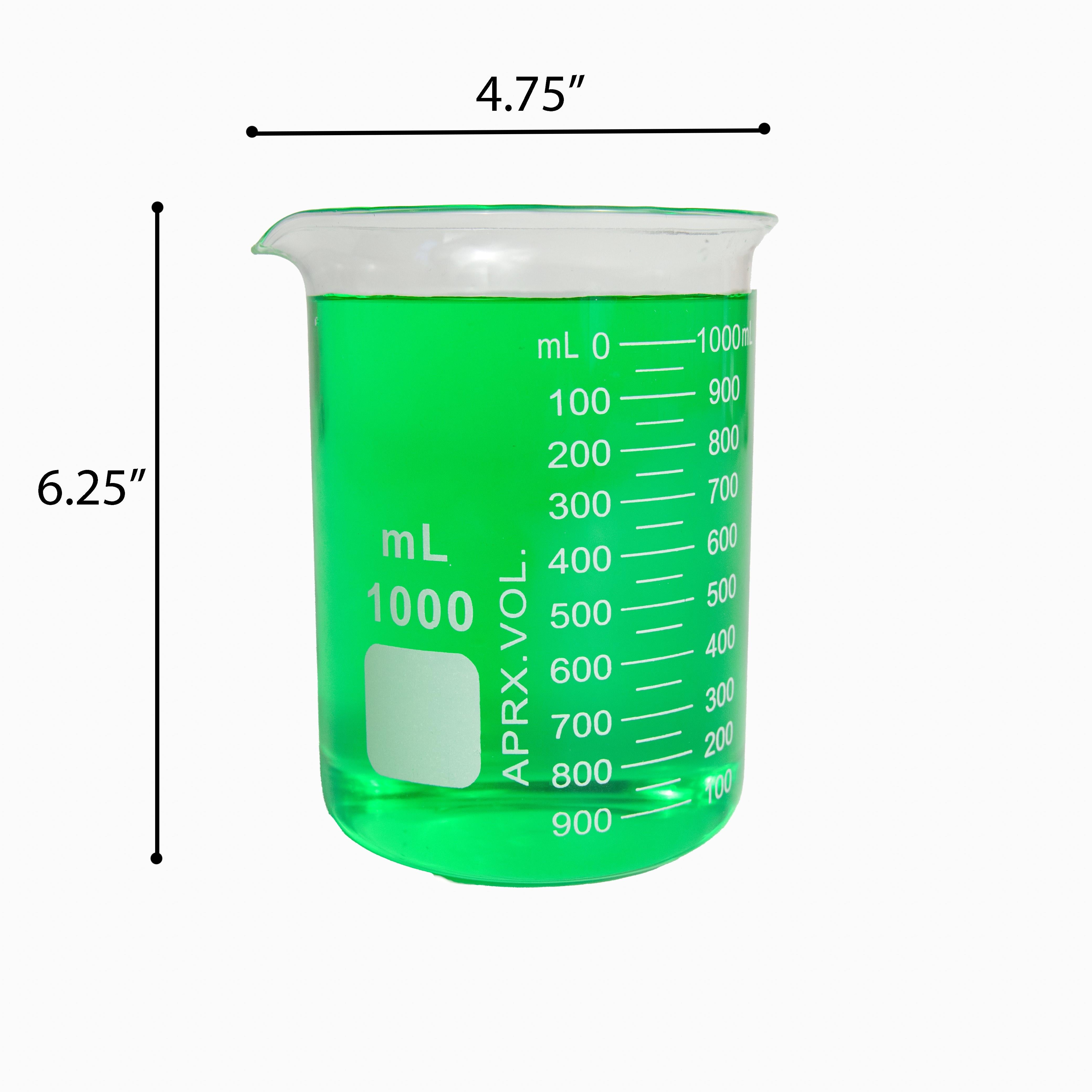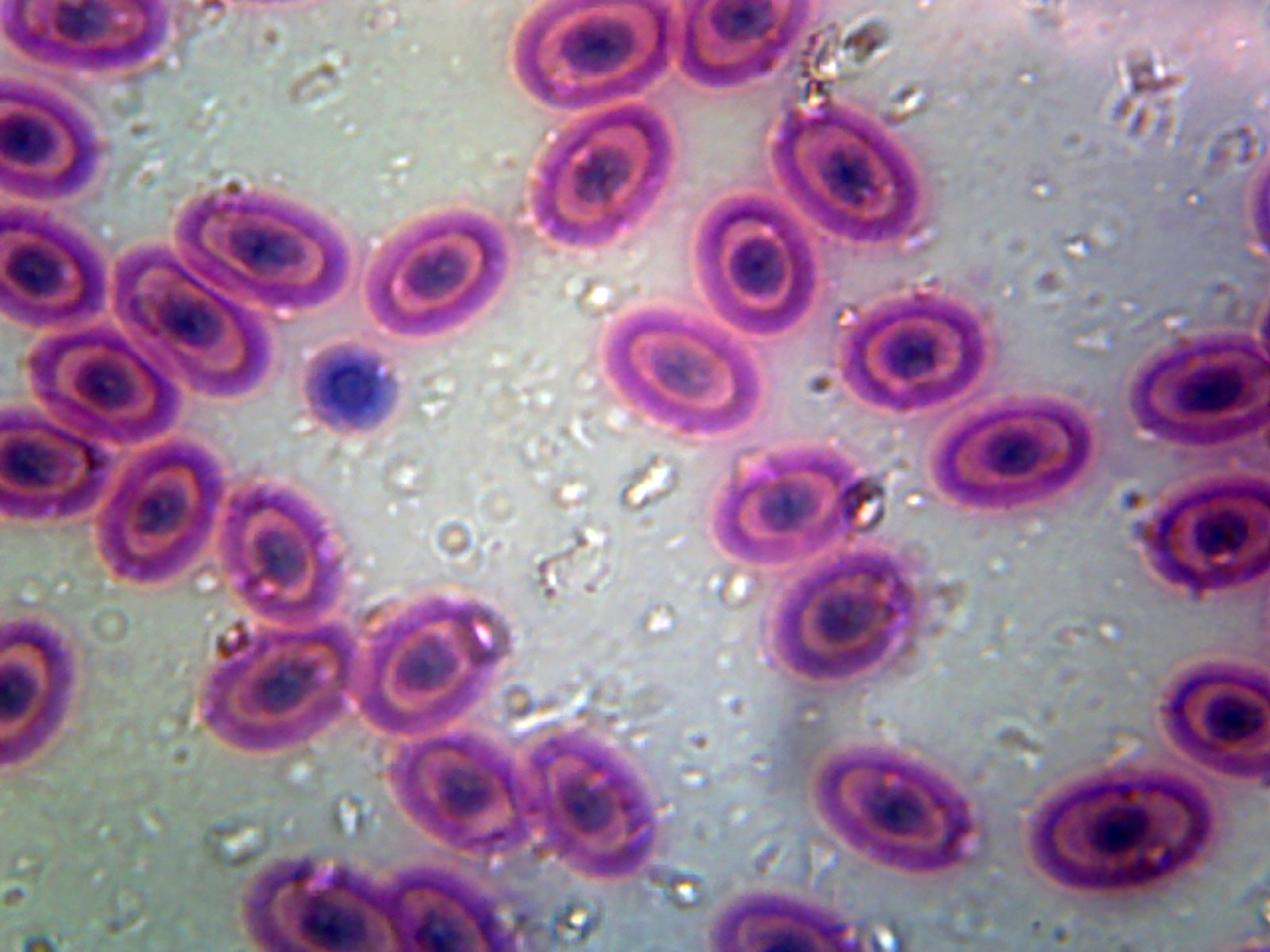While planning this week’s blog, my head has kind of been in two different places. On one hand, I found some intriguing research relating to the relationship between technology and kids that I had spent some time reading up on and was planning to write this blog post about. On the other hand, my plans were at least partially dashed when I got home from work and read about NASA’s Curiosity Rover finding seasonal methane patterns and organic molecules in the bed of a dried-up crater lake on Mars. So, to appease both sides in my internal struggle, I’m going to discuss both. For the most part, this blog will still be about the original research I had found regarding technology and youth, but I am also going summarize NASA’s discovery for you briefly without going too in-depth on it since every science blogger on the internet is probably pouring over their keyboards this weekend to get something out about it.
When the Curiosity rover landed on the red planet in 2012, I was incredibly excited for what discoveries it might bring in the future and couldn’t wait for the day that its wild discoveries would start rolling in. June 7, 2018 was one of those days. Curiosities discoveries were two-fold.
First, and probably the more hyped of the two discoveries, is the discovery organic molecules found near the Martian surface. Though many hear the term “organic” and think of life, that is not necessarily the case. “Organic” simply refers to compounds containing the elements carbon and hydrogen. The compounds which were reportedly found this last week “include thiophenes, benzene, toluene, and small carbon chains, such as propane or butene." Compounds such as these can be created by processes that don’t have anything to do with life, so this isn’t an “aliens confirmed” moment. That said, they can also point to the possibility of life (or the building-blocks for it) existing in the ancient lake that once covered Gale Crater millions of years ago.
The other discovery of the week includes finding seasonal fluctuations in the background levels of methane in the Martian atmosphere. Methane is a gas that is largely produced on Earth through biological processes, so our scientists see it as possible indicator of life in the cosmos. It is also destroyed by radiation over time, so the discovery of seasonal changes in atmosphere lead us to believe that the presence of methane on Mars is because of processes occurring on the planet rather than because of methane-rich meteorites and dust entering the planet’s atmosphere. Methane can be created by chemical reactions between water and rocks, so this isn’t an “aliens confirmed” moment either, but it is another promising sign that our search for life (ancient and present-day) might be heading in the right direction and that future rovers have exciting mysteries to investigate deeper.
To read more on this, Space.com wrote a great summary of the discoveries, but you can also check out NASA’s press release on the matter or the journal releases in the journal Science.
Now on to the other research I wanted to discuss.
I hear a lot from the public at large about how different the world is now than how it was just fifteen or twenty years ago regarding technology. As Wired.com points out, the US Congress is trying to understand technology addiction, but the battle to understand the broad scope of “technology addiction” is challenging because of how pervasive technology is in society, how varied its usage is, and how much of the information that would be relevant to studies concerning it is owned by private corporations. It is a topic that needs careful study so that we don’t make any misguided steps in handling it.
This leads to a lot of confusion concerning how to introduce technology and screen time to teens and young children. Some parents will give their children phones and tablets for entertainment and education at an early age, while others like Chamath Palihapitiya, former Facebook executive, give their kids “no screen time whatsoever.” While I’m sure that we don’t know the full story yet on how to navigate introducing technology to the lives of the youngest among us, research I read this last week made me skeptical at least of complete technological-abstinence approaches like those of Palihapitiya.
One recent study from Heather Kirkorian out of University of Wisconsin, Madison analyses how toddlers learn using media, in both interactive and non-interactive forms. She states that interactive media may help young children learn better than non-interactive media because it grants several benefits: it provides a “sense of agency,” “increases engagement,” can react to facial expressions and questions, and “guid[es] children to look at relevant information on the screen.” She does mention, however, that the benefits from interactivity vary largely depending on both the technology being used to add the interactive component and the developmental stage of the individual learning from the technology. While she states that for especially difficult information “children may learn more from observing noninteractive video than from using interactive media, at least in the short term,” interactivity can make educational media more beneficial so long as it is well-designed and doesn’t produce more cognitive load than a particular child can handle. This study, at the very least, convinces me that there is a future for the relationship between children and interactive educational media that can yield results beneficial to the learning of children.
The other study I read came from Eszter Hargittai and Drew Cingel out of the University of Zurich, and it looks at the relationship between the rules parents set for their kids regarding afterschool use of technology, the justifications used for these rules, and the child’s academic performance later on in college. They found, surprisingly, that when parents set rules limiting technology use for their children using the need for “homework time” as their stated reasoning behind the rule, children perform worse than their peers once they get to college. These results hold true even when adjusting for high school academic performance. That said, promoting healthy activities and behaviors as reasons for limiting technology seems to be beneficial. The study hypothesized, however, that these benefits may arise more from the family’s focus on health and healthy activities rather than from their rules regarding technology use. In concluding her study, Hargittai suggests that parents “proactively discuss the use of modern technologies with their children and to take the particularities of different applications into account” and to “explain the benefits and drawbacks to children in a straightforward manner.”
Studies like these two lead me to believe that technology, despite completely revolutionizing our society, isn’t quite the evil that it is often made out to be. As found by Hargittai, rules regarding technological limitations and abstinence can actually have negative effects on future academic achievement if they are not handled properly. On top of that, interactive media can benefit youths by enhancing what they gain from their educational media. This makes me believe even more in things like implementing virtual and augmented reality technologies in our classrooms (as I describe in this past blog post here), and it makes me skeptical of completely limiting children from technology at home. Though these may just be opinions of mine, I don’t believe that either of these studies are conclusive regarding the role technology should play in a child’s life. I think they show that we don’t have everything figured out, more research is needed in this arena, and that technology might not be entirely corrosive towards healthy development. Since there likely is no going back as for how much technology children interface with daily, I think it is important that we openly discuss its role and try to accentuate the positive role it can play in education.
Do you have any thoughts on this research or the recent NASA findings? Please let me know in the comments!
Written By: Jacob Monash











